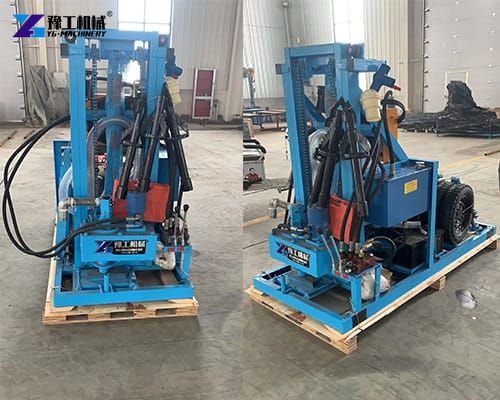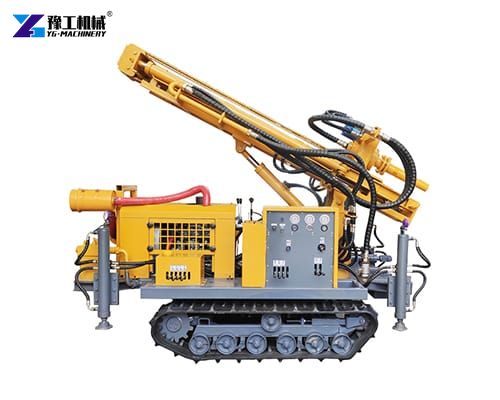Water mist cannon, also known as a dust suppression cannon or fog cannon, is a high-pressure system designed to atomize water into fine droplets. These droplets create a dense mist that effectively captures airborne particles. The device typically consists of a high-pressure pump, nozzles, a rotating base, and a fan to propel the mist over long distances. The science behind this technology lies in the interaction between water droplets and dust particles. When water mist is dispersed, the droplets collide with dust, pollutants, or other airborne contaminants. Due to their small size and large surface area, the droplets adhere to particles, increasing their weight and causing them to settle. This process significantly reduces particulate matter in the air, improving visibility and air quality.
Wide Applications of Water Mist Cannon
- Construction and Demolition Sites
Construction activities generate large amounts of dust, posing health risks to workers and nearby communities. Mist cannons are deployed to suppress dust during excavation, material handling, and demolition. - Mining and Quarrying Operations
Mining sites face constant challenges with dust from drilling, blasting, and transporting minerals. Water mist cannons provide targeted dust control. - Agricultural Dust Management
In farming, dust arises during harvesting, plowing, and livestock operations. Fog cannons help mitigate dust in barns, grain storage facilities, and open fields, protecting crops, animals, and farmworkers from airborne contaminants. - Urban Air Quality Improvement
Cities with high pollution levels use water cannons in public spaces, traffic hubs, and industrial zones. The mist binds with PM2.5 and PM10 particles, offering a temporary but immediate solution during smog episodes or pollution spikes.
Components of Fog Cannon Machine
Several key components work in concert to deliver the performance expected from a Water Mist Cannon:
High-Pressure Pump: The heart of the system, responsible for generating the necessary water pressure for atomization. Durability and consistent performance are key.
Nozzle Ring/Manifold: Contains the specialized atomizing nozzles. Material quality (often stainless steel or brass) prevents corrosion and ensures longevity. The number and design of nozzles dictate flow rate and droplet size.
Axial Fan: Provides the propulsive force to project the mist. Fan size, motor power, and blade design determine the throw distance and coverage area.



